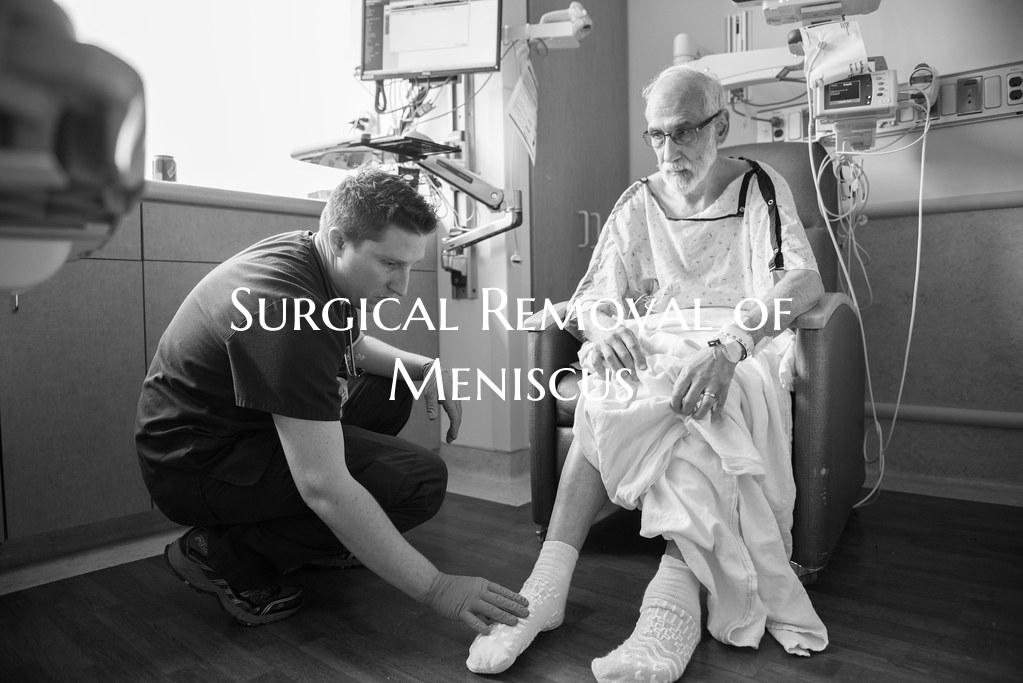
Surgical Removal of Meniscus
The meniscus, a crucial piece of cartilage in the knee joint, plays a vital role in providing stability and cushioning. However, in cases of severe injury or degeneration, surgical intervention may be necessary to address the damage. One commonly performed procedure is the surgical removal of the meniscus, also known as a partial meniscectomy.
During a partial meniscectomy, the orthopedic surgeon makes a small incision in the knee and uses specialized instruments to trim or remove the torn or damaged portion of the meniscus. This procedure aims to alleviate pain, improve joint function, and prevent further damage to the knee joint.
Patients undergoing a surgical removal of the meniscus typically experience relief from symptoms such as pain, swelling, and limited range of motion. However, it is essential to follow post-operative care instructions diligently to promote proper healing and rehabilitation.
Recovery from a meniscectomy usually involves a period of rest, physical therapy, and a gradual return to normal activities. While most individuals can resume normal daily activities within a few weeks, it may take several months to fully recover and regain strength in the knee.
It is important to note that while a partial meniscectomy can provide significant benefits, it does involve the removal of a portion of the meniscus, which may increase the risk of developing osteoarthritis in the affected knee over time. Therefore, patients should discuss the potential risks and benefits of the procedure with their healthcare provider to make an informed decision about their treatment.
In conclusion, the surgical removal of the meniscus is a common procedure aimed at addressing knee pain and dysfunction caused by meniscal injuries. By understanding the process, potential benefits, and post-operative care involved, patients can better prepare for surgery and optimize their recovery outcomes.